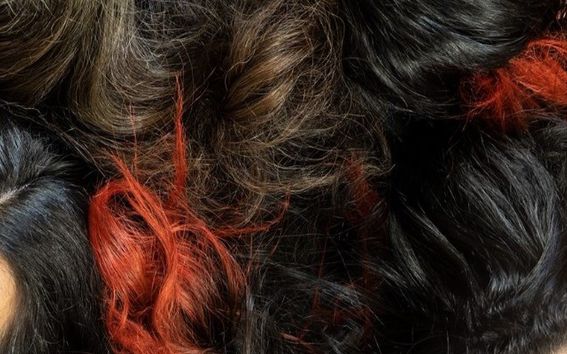OBJEKTI brings contemporary art to everyday surroundings in Espoo

The group exhibition OBJEKTI returns to Espoo centre this summer for its fourth edition with a diverse and exciting line up of artists and projects. This year there is a strong focus on ecological and social themes. The exhibition is open 14.6.-2.9.2018.
There are sixteen artists participating with a total of twelve projects. Many works have been especially created for OBJEKTI and are site-specific to their locations. The exhibition represents different forms of contemporary art – sculpture, installation, sound art, community and participatory projects.
Many of the artists work or study at Aalto University. The artists taking part are: Heini Aho, Art & Process (Ari Björn ja Heini Matveinen), Bartaku, Rosamaría Bolom, Edwina Goldstone, Ramina Habibollah, Parsa Kamehkhosh, Sanna Karlsson-Sutisna, Petri Kuljuntausta, Maria Mastola, Tuula Närhinen, Sepideh Rahaa, Tiina Raitanen, Satu-Minna Suorajärvi and Arlene Tucker.
I am extremely happy with the selection of artists and artworks for this year’s OBJEKTI” says curator and organiser of the exhibition Andy Best, who is the Head of General Studies and Sculpture lecturer at Aalto University. “It is always exciting to work with the artists and begin the installation process, as ideas turn into reality. This year’s show will be challenging, but hopefully fascinating for locals and visitors alike. Many of the works deal with critically important topics such as climate change, mass extinctions, and the migrant crisis, yet relate to them in poetic, creative ways. Other works ask us to question time, existence, and our place in the world.”
Public art meets people
OBJEKTI grew originally out of Best’s course “Media Intervention in the City”, which has been organised in various city locations including Espoo centre, Tapiola, and Kamppi over the last eight years.
“Working in Espoo centre I realised that there is no contemporary art or culture at a professional level offered to local people, and most culture in Espoo is focused on Tapiola area. OBJEKTI shows that having an institution like Aalto University active in Espoo can also bring benefits to citizens in many ways”, says Best.
The exhibition opening will be on Thursday 14 June 2018 at 2pm-4pm in Lagstad hembygdsgård, Vanha Lagstadintie 4, 02770 Espoo, opened by the Cultural Director of Espoo City Susanna Tommila.
In addition to the sculpture and environmental art exhibition that runs throughout the summer, there are free art workshops organised for children in collaboration with Trapesa and Entresse library. On Espoo Päivä, August 25th, there will be art, music and dance performances and happenings around Espoontori.
The event has been supported by Espoo City and Arts Promotion Centre Finland (Taike). The partners are Trapesa, Catalysti, Aalto University and Lagstad hembygdsgård
For more information:
Press officer Riikka Lammi, +358 40 532 2862, objektiespoo@gmail.com
Read more news

Your voice gives away valuable personal information, so how do you keep that data safe?
With speech technologies becoming increasingly common, researchers want to make sure we don’t give away more information than we mean to.
Aalto in 2025: Quantum leaps, creative breakthroughs and solutions for a better life
Growth, technology and industrial renewal; human-centred solutions; health and everyday wellbeing; and enjoyable daily life and thriving communities.
Research Council of Finland establishes a Center of Excellence in Quantum Materials
The Centre, called QMAT, creates new materials to power the quantum technology of coming decades.






